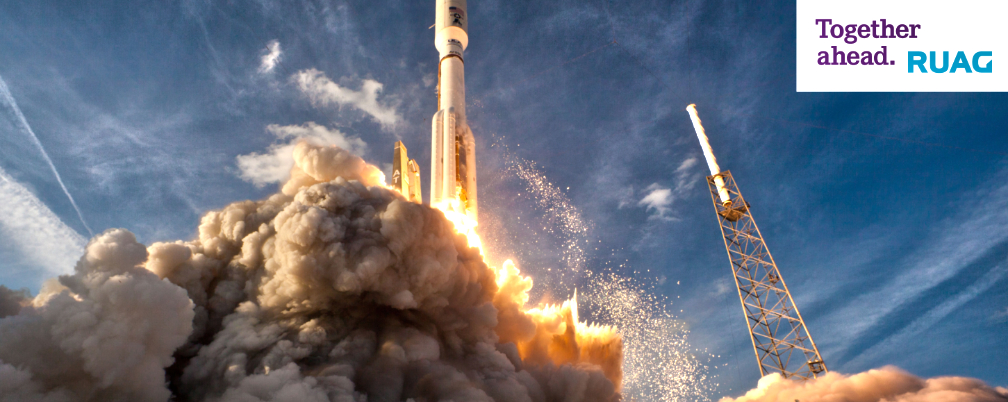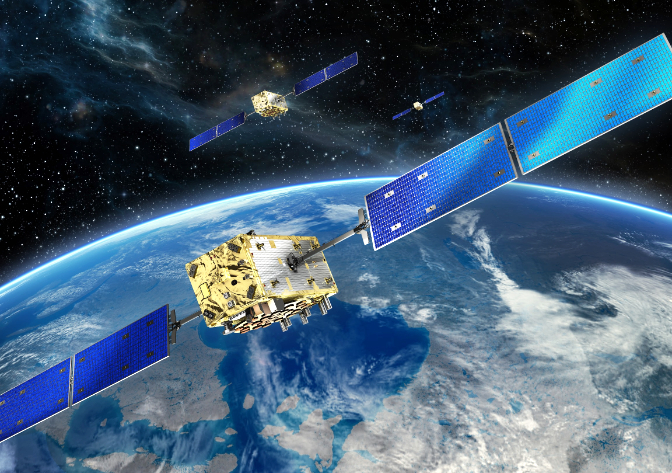
RUAG Space has been producing space thermal protection at the firm’s site in Austria for 30 years — technology from RUAG Space now protects more than 400 satellites in space from the heat and cold of the universe.
Thermal insulation from RUAG Space protects most European space satellites from the extreme temperatures in space, such as all of the more than 20 Galileo satellites currently in space, the “European GPS.” Thermal insulation from RUAG Space is also used in other international missions, such as for the Mercury probe of the European-Japanese “BepiColombo” mission, which has been in space since October 2018, or the ESA/NASA sun mission “Solar Orbiter.”

Copyright: OHB
For the growing commercial space market, RUAG Space supplies thermal protection for swarms of smallsats, such as the constellation of the 322 OneWeb telecom satellites currently on-orbit, which brings internet connectivity to remote regions such as the Arctic. RUAG Space also produced the thermal insulation for the constellation of the 80 Iridium NEXT telecom satellites.
At the start of 1991, RUAG Space received its first order for satellite thermal protection for the four satellites of the “Cluster” mission of ESA and NASA (investigation of the Earth’s magnetic field) as well as for the ESA/NASA “SOHO” solar observatory.
Since 1993, thermal insulation from RUAG Space has also been used for insulation tasks in the field of low-temperature technology on Earth, for example in the medical sector (low-temperature insulation for magnetic resonance tomographs) or in the energy sector (insulation for liquid gas tanks). In addition, insulation is used in particle accelerators, such as at CERN in Geneva.
Insulation for launchers In addition to heat protection for satellites, the company has also been developing and producing high-temperature insulation for rockets since 2017, for example for the new European launcher Ariane 6. The high-temperature insulation consists of glass ceramic and Kevlar, a heat-resistant synthetic fiber.
“More than 400 satellites are currently in space, which our thermal dress protects from the heat and cold of the universe, averaging minus 200 and plus 200 degrees Celsius,” said Anders Linder, Senior Vice President Satellites at RUAG Space. The thermal protection consists of several layers of metal-vaporized plastic films, each layer thinner than a hair. On the journey from Earth to space, our insulation has to withstand extreme heat of up to 1,700 degrees Celsius for a few minutes.”
